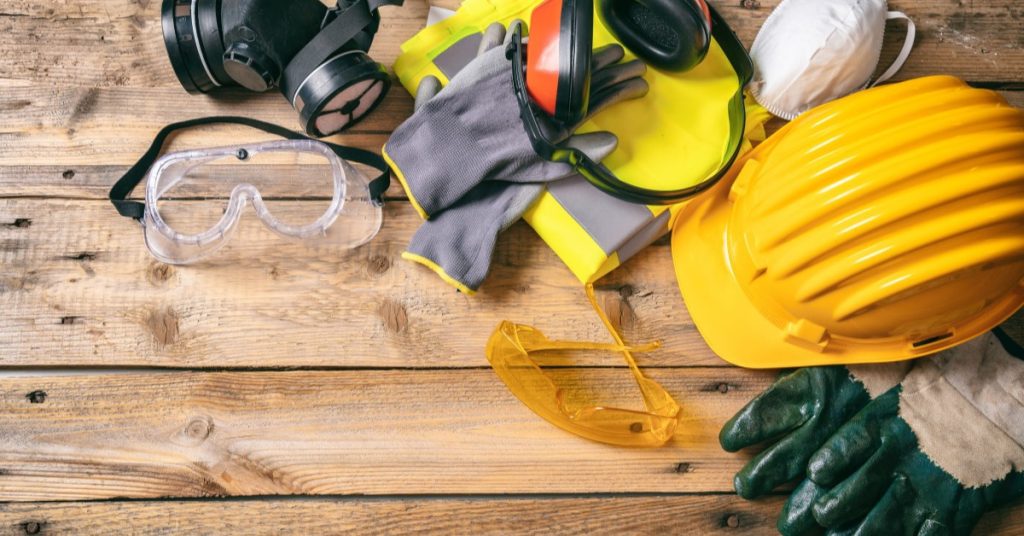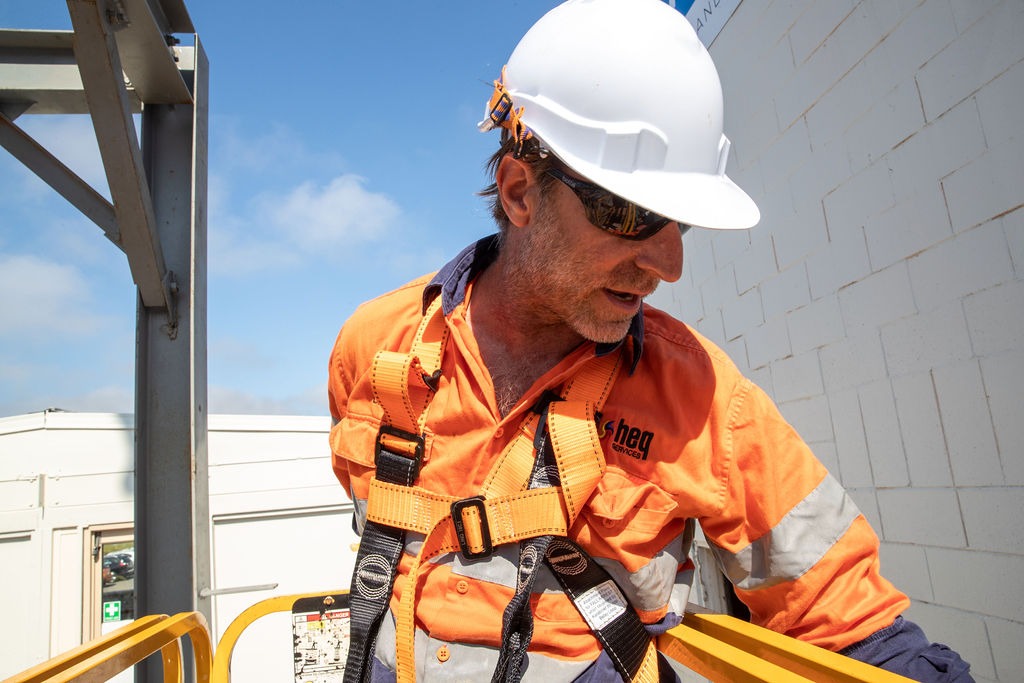In the industrial world, safety isn’t just a box to check off—it’s a critical component of daily operations. Whether it’s protecting workers from hazardous materials, ensuring equipment doesn’t malfunction, or minimizing environmental damage, industrial safety solutions must be practical, adaptable, and real-time. To effectively navigate these challenges, businesses need Industrial Safety Solutions that can respond to real-world situations. Central to this process is Environmental Risk Assessment, which serves as the foundation for identifying, evaluating, and mitigating risks in the workplace. These solutions are not only about compliance but about actively creating a safer environment for employees and the community.
The Importance of Real-World Industrial Safety Solutions
In any industrial setting, the primary objective is to maintain a safe and productive environment. However, the risks involved—whether they stem from machinery, chemicals, or environmental factors—can be complex and unpredictable. Industrial Safety Solutions must be more than theoretical. They need to be hands-on, adaptable to different situations, and rooted in real-time data and assessments.
This is where Environmental Risk Assessment becomes critical. It offers a structured method to evaluate potential environmental hazards such as air contamination, water pollution, or unsafe working conditions. A hands-on approach to Industrial Safety Solutions means using this data to actively manage risks and quickly implement mitigation strategies. Instead of waiting for incidents to occur, these solutions provide actionable insights that allow businesses to anticipate dangers and take preventive measures.
For example, a manufacturing facility can use continuous monitoring systems to detect hazardous leaks or malfunctions, giving the company a real-time understanding of the risks it faces. Environmental Risk Assessment techniques help translate this data into clear action plans, such as adjusting ventilation systems or halting operations until the issue is resolved. With these proactive measures, businesses can ensure that potential hazards are addressed before they affect the workforce or the environment.
Integrating Technology with Industrial Safety Solutions
One of the most effective ways to ensure that Industrial Safety Solutions are practical and responsive is through technology integration. In today’s industrial world, technology plays a significant role in identifying and mitigating risks. Automation, real-time monitoring, and AI-based predictive analytics are revolutionizing safety strategies across industries.
For instance, Environmental Risk Assessment powered by sensors and IoT devices allows companies to monitor environmental conditions 24/7. These devices can detect changes in temperature, air quality, or gas emissions in real time. When risks are detected, automated systems can alert safety personnel or initiate emergency protocols. This integration of Environmental Risk Assessment into the larger Industrial Safety Solutions system provides companies with the tools they need to respond quickly and efficiently to any environmental or safety hazard.
Moreover, machine learning algorithms can analyze vast amounts of data collected from these sensors to predict potential future risks based on historical trends. This foresight enables businesses to prepare for risks before they happen, reducing the likelihood of accidents and ensuring that safety measures are always evolving with the changing landscape of the industry.

Real-Time Monitoring and Decision Making in Industrial Safety Solutions
Effective Industrial Safety Solutions hinge on the ability to make decisions quickly and accurately. The reality is that safety incidents can happen at any time, and waiting too long to act can have serious consequences. This is why real-time monitoring and decision-making are essential components of any safety plan.
When paired with Environmental Risk Assessment, real-time data allows managers to track conditions as they change and make immediate adjustments. For example, if an industrial plant detects elevated levels of toxic gas, it can trigger an immediate alert, shut down affected systems, and evacuate workers. These measures not only protect employees but also prevent environmental contamination and legal repercussions.
This hands-on approach to industrial safety is essential because it enables businesses to mitigate risk in real-time. The more immediate and responsive a safety solution is, the more effective it will be in preventing accidents and keeping operations running smoothly. Through continuous Environmental Risk Assessment, companies can ensure that every potential risk is accounted for and that the safety solutions in place are functioning optimally.
Creating a Culture of Safety Through Industrial Safety Solutions
Beyond tools and technology, Industrial Safety Solutions are most effective when they are embedded into the company culture. It’s one thing to have a safety plan on paper, but it’s another to ensure that all employees understand and participate in maintaining safety standards. Training programs, regular drills, and open communication about risks are essential for creating a safety-conscious workforce.
A company that integrates Environmental Risk Assessment into its safety protocols not only protects its workforce but also creates a shared sense of responsibility among employees. When workers are trained to recognize environmental hazards and understand the protocols in place to address them, they become an integral part of the safety system. This collective involvement helps foster a safety-first mindset, where employees are actively looking out for potential risks and reporting issues before they escalate.
Furthermore, incorporating Environmental Risk Assessment into everyday operations ensures that all employees, from front-line workers to managers, are always aware of the current safety conditions. This transparency in risk management leads to a more cohesive and alert workforce, further enhancing the effectiveness of Industrial Safety Solutions.
Adapting Industrial Safety Solutions to Meet Evolving Risks
As industries continue to innovate and expand, so do the risks associated with them. The introduction of new machinery, chemicals, or technologies can bring unforeseen environmental challenges. To remain effective, Industrial Safety Solutions must be adaptable, continuously evolving to address these new risks.
Environmental Risk Assessment provides a vital role in this adaptability. As operations grow and change, regular assessments allow companies to adjust their safety solutions accordingly. For instance, a company that adopts a new chemical process may need to reevaluate its existing safety protocols to account for the increased risk of toxic exposure. Through continuous Environmental Risk Assessment, businesses can ensure that their safety strategies remain relevant and comprehensive, no matter how their operations evolve.
The ability to evolve safety solutions with the changing landscape of business operations is what ensures long-term sustainability. By making Environmental Risk Assessment a recurring and adaptable process, companies can address emerging risks before they become threats.
Conclusion
In the real world, safety isn’t about just meeting standards; it’s about actively addressing and mitigating risks before they impact people or the environment. Industrial Safety Solutions that are practical, hands-on, and data-driven are essential for navigating today’s complex industrial challenges. By integrating Environmental Risk Assessment into safety protocols, companies can proactively identify hazards and create a safer working environment. With the right solutions in place, businesses not only protect their employees and operations but also ensure long-term sustainability and success in an ever-changing industrial landscape.



